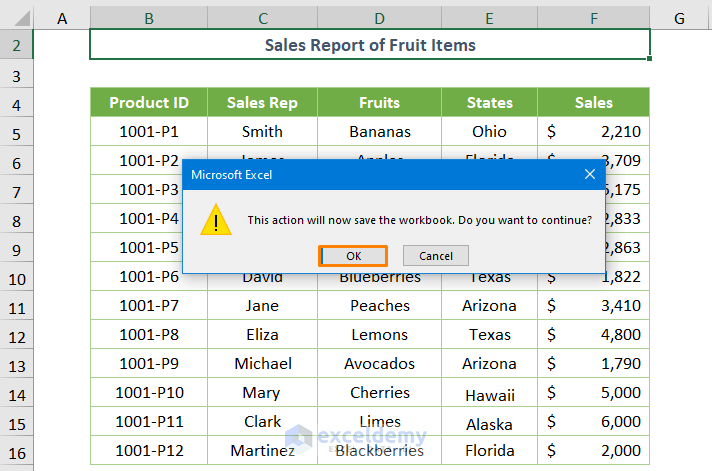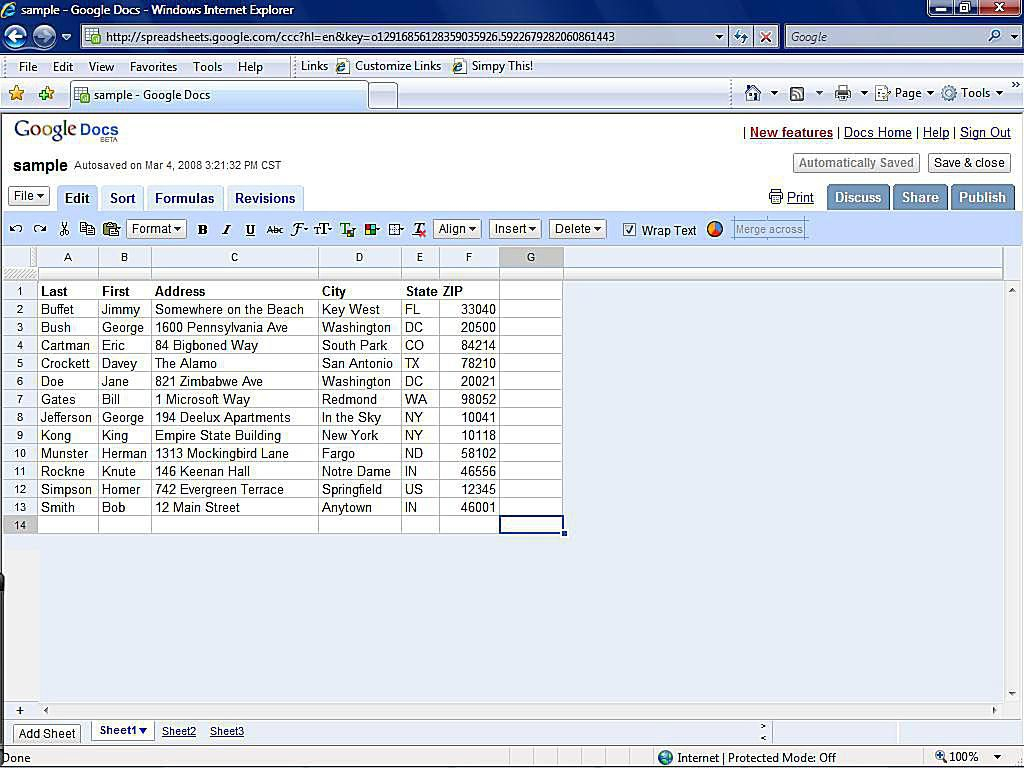Effortlessly Share Excel 2010 Sheets with Multiple Users

In today's digital age, effective collaboration is more important than ever, particularly within business environments where documents like spreadsheets are constantly evolving. Microsoft Excel 2010, though now an older version, still provides robust features for Excel collaboration, allowing multiple users to work on the same workbook concurrently. This guide will walk you through the steps to set up and manage shared Excel sheets for better productivity and seamless teamwork.
Setting Up a Shared Workbook in Excel 2010

Here’s how you can start sharing an Excel workbook:
- Save the Workbook: First, save your workbook in a shared location where all users have access rights. This could be a network drive or a cloud storage solution that supports file sharing.
- Enable Shared Workbook:
- Go to the Review tab on the Ribbon.
- Click on Share Workbook.
- In the window that opens, check the box next to Allow changes by more than one user at the same time. This option also allows workbook merging.
- Click OK and then Save your workbook when prompted.
⚠️ Note: Remember that certain Excel features like tables, data validation, and some forms of conditional formatting might become limited or unsupported when the workbook is shared.
Using Track Changes for Enhanced Collaboration

While sharing the workbook, you can track changes made by different users:
- Activate Track Changes by going to the Review tab, clicking on Track Changes, and selecting Highlight Changes. Ensure the When dropdown says Since I last saved and Who should be Everyone.
- Choose whether you want changes to be highlighted within the workbook or to appear in a separate pane.
Collaborating Effectively with Excel 2010

Here are some tips for effective collaboration:
- Use Comments: Insert comments to explain your changes or ask questions. You can find this under the Review tab.
- Merge Workbooks: If users work on local copies, you can merge them back into the main document by going to the Compare and Merge Workbooks option under the Review tab.
- Manage Permissions: Control who can access the workbook by setting up permissions through File > Info > Protect Workbook.
| Feature | Description |
|---|---|
| Shared Workbooks | Allows multiple users to edit at the same time. |
| Track Changes | Keeps track of modifications made by different users. |
| Merge Workbooks | Combines changes from different versions into one. |

📝 Note: Keep in mind that sharing workbooks can lead to conflicts if users are not coordinated. Encourage clear communication and possibly establish a schedule for edits to minimize overlap.
Excel 2010's shared workbook feature is indeed a powerful tool for collaboration, but it does come with limitations:
- Compatibility: Not all Excel features are available in shared mode, which might restrict some users.
- Performance: Large workbooks with many users can experience slowdowns.
- Conflict Resolution: Users need to be aware of how to handle conflicts when changes overwrite each other.
To wrap up this guide on Excel collaboration in Excel 2010, we've covered the essential steps to set up and manage a shared workbook, including using Track Changes, managing permissions, and merging changes. By following these guidelines, your team can work more efficiently on spreadsheets, fostering a collaborative environment that takes full advantage of Excel's capabilities. Remember to consider the limitations and plan your collaboration strategy accordingly to ensure smooth operation and minimize conflicts.
How many people can share an Excel 2010 workbook?

+
Excel 2010 does not impose a strict limit on the number of users, but performance issues may arise with very large teams. Typically, it’s feasible to have 10-20 users working concurrently.
What happens if two people edit the same cell at the same time?

+
If two users attempt to edit the same cell simultaneously, Excel will notify the users of the conflict. The changes made last will override the previous edit unless resolved manually by the users.
Can I revert changes made by other users in a shared workbook?

+
Yes, you can use Track Changes to see who made what changes. You can reject individual changes or revert the workbook to a previous state before changes were made.



